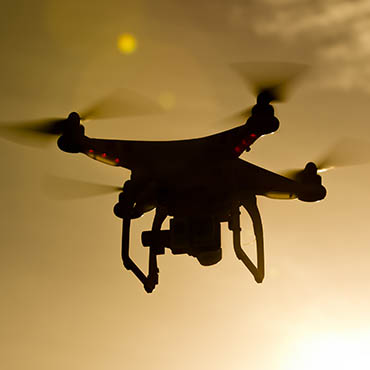FAA unveils new drone-test policy

The interim policy is aimed at speeding up authorizations for commercial UAS operators.

(Image: Action Sports Photography / Shutterstock)
Just hours before an Amazon executive complained that Federal Aviation Administration rules on testing unmanned aerial systems were cumbersome and obstructive, the agency moved to streamline its drone permitting policy.
The FAA rolled out an interim policy March 24 aimed at speeding up airspace authorizations for commercial drone operators who obtain specific Section 333 exemptions to test their UAS.
The agency said the new policy helps bridge the gap between the existing process, which evaluated every UAS operation individually, and future operations. Under the new policy, the FAA will grant a certificate of waiver or authorization (COA) for flights at or below 200 feet to any UAS operator with a Section 333 exemption for aircraft that weigh less than 55 pounds, with some visual flight parameters.
The “blanket” 200-foot COA allows flights anywhere in the country except restricted airspace and other areas, such as major cities, where the FAA prohibits UAS operations.
During a Senate hearing on March 24, Paul Misener, Amazon's vice president of global public policy, called for changes in the testing regimen, noting that one drone model his company had hoped to test in the U.S. for package delivery had gone obsolete in the months the company had to wait for FAA approvals.


